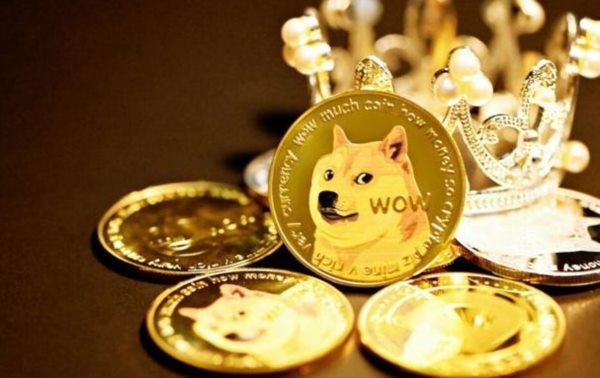时间:2024-01-07|浏览:291
This blog aims to educate users about prevalent cryptocurrency scams in the peer-to-peer (P2P) market, particularly those rampant in developing countries.
Some of the most common cryptocurrency scams on Binance P2P include account-selling scams, SMS scams, and email scams.
We also cover common signs to recognize these types of scams, as well as tips on how to avoid them.
In the rapidly evolving world of cryptocurrencies, staying ahead of potential threats is vital. While the industry offers many opportunities, it presents a new frontier for scammers to exploit unsuspecting individuals.
Malicious actors employ a variety of ever-changing tactics to defraud victims of their hard-earned assets. Therefore, it’s crucial for users to stay updated on the latest scam trends to protect themselves and their investments.
In this blog, we aim to shed light on three of the most prevalent scams currently affecting Binance users, particularly those in developing countries. By understanding how they operate and common signs to look out for, users can fortify their defenses against these devious cons.
In the context of Binance, account-selling scams occur when users are persuaded to give their account details to a scammer, usually with the promise of a hefty monetary reward. This exchange typically involves selling both the Binance account and the bank account linked to it.
The scammer then pretends to be a seller, advertising fake products or services to people who aren’t on the Binance platform. Their plan is generally to get payments for fake products or services into the bank account linked to the sold Binance account. They use these stolen funds to buy cryptocurrencies on Binance P2P.
Victims realize they’ve been scammed when the products or services they paid for don’t exist. They will report this fraud, causing the bank account linked to the sold Binance account to be frozen. This suspension can also affect other accounts linked to it, including the P2P counterparty accounts that the stolen funds flowed through.
The person who originally owned the account can get into serious legal and financial trouble, even if they were unaware of what was happening. Thus, it’s crucial to never share or sell Binance or bank account details.
Enhance your understanding of the rules surrounding your bank and Binance accounts, as they typically restrict selling or sharing accounts with others.
Actively monitor your accounts for suspicious transactions, regularly change your passwords, and enable two-factor authentication for an extra layer of protection.
In case of any indication that your account may be compromised, promptly report these details to your bank and Binance. Additionally, make sure to contact our customer support team to limit potential damage.
SMS scams occur when the scammer sends a fake text message to trick the victim into thinking they’ve received money. Scammers can make the SMS look like the same messages that banks or digital wallet apps would send to their users. Thus, these messages can trick users into thinking they’ve actually received the funds in their bank account, prompting them to release the orders.
Always double-check your bank or e-wallet for payment confirmation before making any transaction.
Be cautious and verify payment information directly with your bank or e-wallet, not just an SMS notification.
In email scams, the scammer employs social engineering tactics to trick users into believing their real-world money, such as dollars or euros, is being held safely in a Binance escrow account. They then insist that the user should release their digital currencies.
Users will typically receive a fake email that looks like it’s from Binance, falsely stating that their real-world money is awaiting them in Binance’s escrow service. This deceptive email might also try to scare users into believing their accounts will be blocked if they don’t let go of their digital currencies.
The scammer essentially wants users to hand over their digital currencies before they realize the real-world money isn’t actually in their account.
Binance P2P does not process fiat currency payments, nor does it store them in the escrow service.
You can use the Binance Verify service to verify email addresses and other account credentials.
Always make sure to check your bank account or wallet to confirm that you have received the full payment for all pending P2P transactions.
Ready to start trading on Binance P2P? Register for a new Binance account or download the Binance app. Once you’ve completed the identity verification process, you can begin buying and selling cryptocurrencies on the Binance P2P marketplace and enjoy the platform’s benefits.
Further Reading
Intro to Peer-to-Peer Trading
How to Report P2P Scams on Binance App
How to Block a User on Binance P2P
Disclaimer: Your use of Binance P2P services and all information and other content (including that of third parties) included in or accessible from Binance P2P services is at your sole risk. Our only responsibility is to handle crypto transactions. All payments are final upon completion unless otherwise required by law. The Binance P2P platform has neither the right nor obligation to resolve any disputes arising from a completed payment. Neither the Binance P2P platform nor its merchants shall be responsible for any loss after a completed payment.

用戶喜愛的交易所

已有账号登陆后会弹出下载









